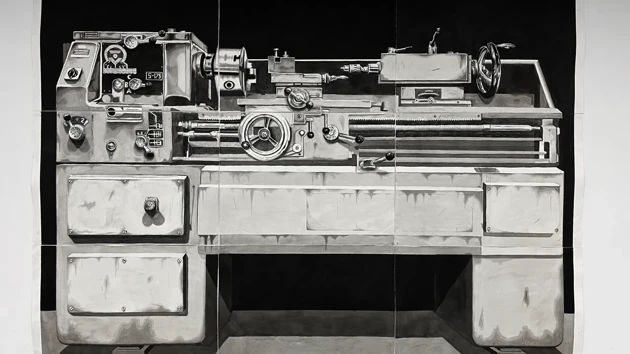Linus Hedbratt
In my hometown of Mölnlycke, there was a breakfast café called Hannas Frukostfik. It was located in what was actually quite an uncharming old white villa. A place I had only visited a couple of times. A year or so after my last visit, I discovered during an evening walk that the house had been completely destroyed. Hannas Frukostfik was nearly gone.
I was completely absorbed and taken by all the chaos. The house stood almost split in half, and I could see right into the empty cleared-out rooms. Insulation, stones, and broken long planks were scattered everywhere, and the boards from the walls and roof were sticking out in all directions. When the tunnel vision subsided, I saw that to the left of the house stood a large excavator, resting its heavy claw against the ground. It was then that I realized it was just part of a demolition project. But the decay spoke of something else—a fiction, a warning, or an insight.
I was thrown into a sense of ruin, an alternate reality, where the demolished house showed what a disaster might look like in my own environment. What if that was mine, and what would be left? Since that day, my thoughts have revolved around the transience of civilization. A demolition project, an entirely mundane and harmless situation, paved the way for critical thinking. With the fictional and unrestrained premise that the breakfast café was torn apart due to a catastrophe and not a demolition, I was left with a suspicious and distorted perspective. As the meaning of the demolished house changed, other places and objects began to change as well.

Latest update: 2025-04-24